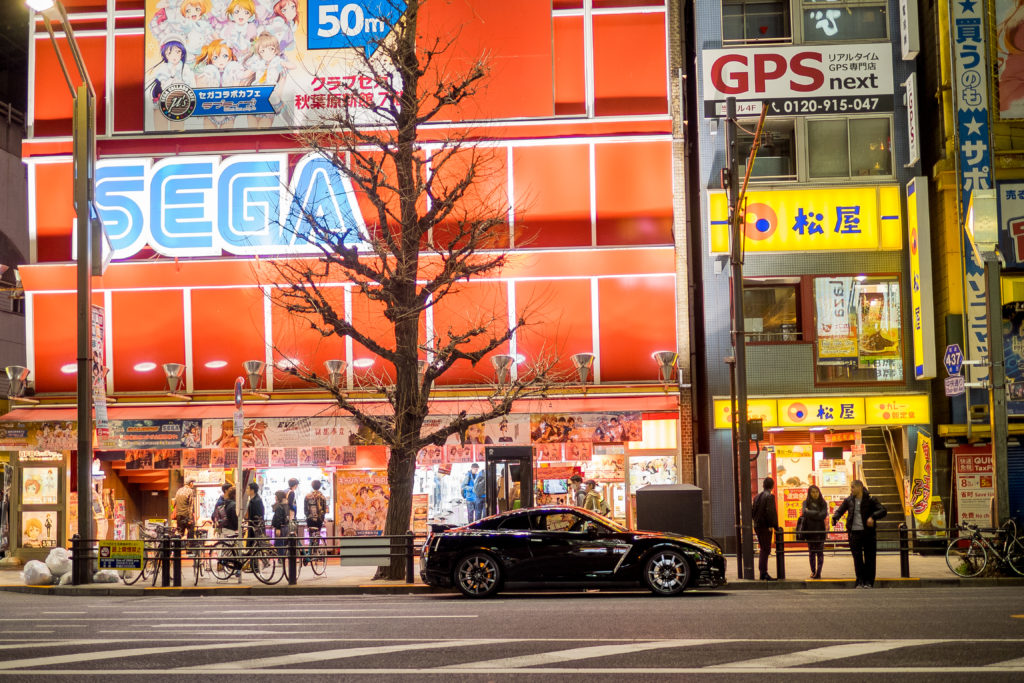
In Part 1 of Driving Through Tokyo, I outlined the motivation, monetary cost, and how you, as a car enthusiast, can fulfill your GTR experience in Japan. Part 2 contains all the details on the routes, destinations, and memories created on the roads of Tokyo.
Get Enough Sleep
The moment I set off from the Rental Agency and out of the parking lot, I was in disbelief that I was actually in Japan driving a GTR. At this moment, I felt like I was caught in a lucid dream. From a span of 48 hours, I had total of 5 hours of sleep. The flight from New York City was 18 hours and once I arrived, was unable to sleep due to Jet-Lag. The photos taken by my good friend, Tony Yang, is the main reason I can recall these memories. If you plan on truly enjoying your first drive, make sure to get a full night’s rest and schedule the car pick up on day 3. Proper timing will allow your circadian rhythm to adjust to the time zone.
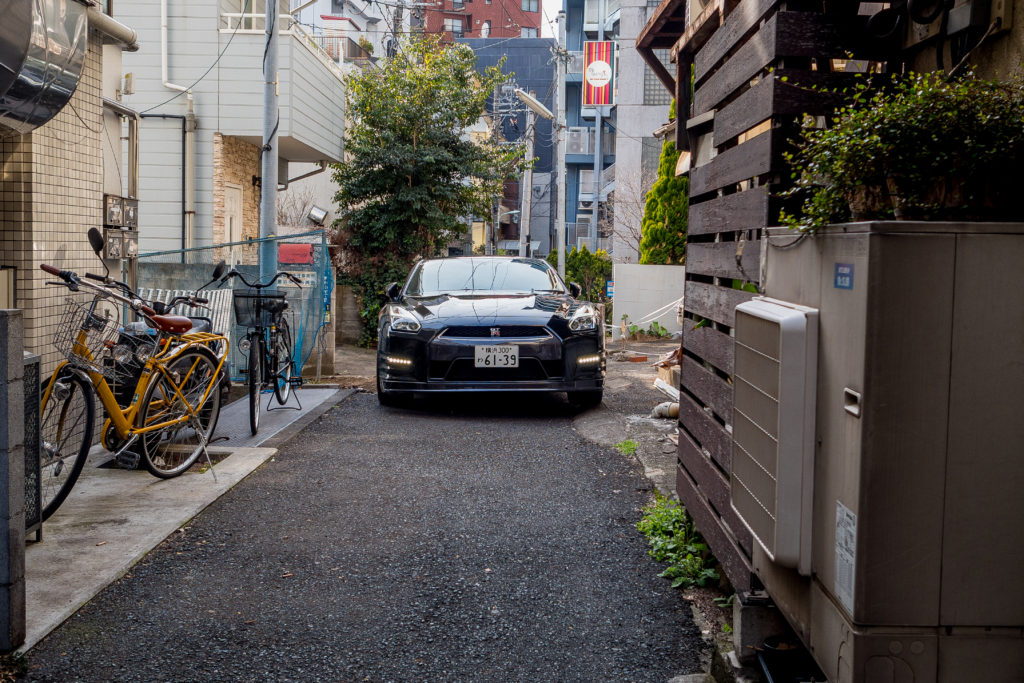
Avoid “Shortcuts”
Greatest piece of advice, don’t listen to Google Maps and stay on the main roads. I appreciate the fact that Google has detailed maps of Tokyo and made suggestions for the fastest routes, avoiding traffic. When creating these “shortcuts,” I doubt Google Engineers took into consideration the dimensions of a Super Car. It took me close to an hour to back track onto the main road. All this careful maneuvering was to make sure I did not curb the wheels and damage the body panels. There were plenty of onlookers that helped guide me out of the situation.
I learned two lessons from this fiasco: the GTR is a monster and does not fit onto traditional Japanese roads; Japanese people will go out of their way to help you out of trouble. I fell into the category of the baka gaijin. Knowing this, I was extremely embarrassed, but completely relieved the car was undamaged. If it were the Grand Tour Trio, I’m pretty confident they would have scraped the side mirrors and left a comedic mess of the situation.
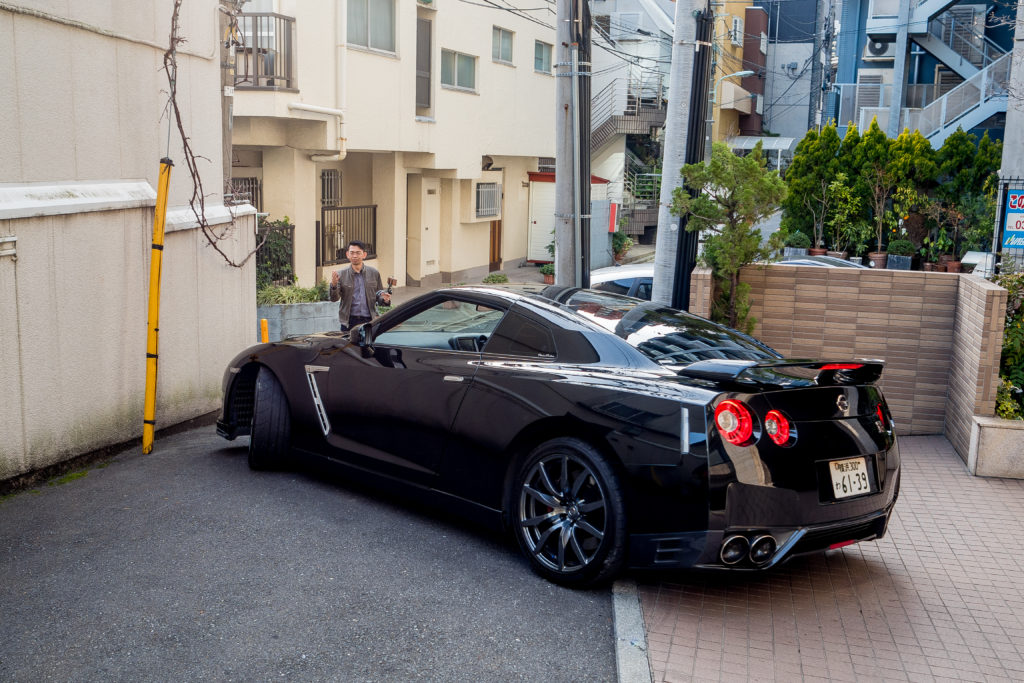
The best time to drive in Tokyo are from the hours of 9 PM to 6 AM. Any time outside of these hours, expect to move at a pace of 12 to 19 miles per hour. Google Maps also has a tendency to take you in and out of Shuto Expressway. I emphasized staying on the main roads, but going on the expressway is a luxury. The first day of driving from Shinagawa to Roppongi Hills, then Shinjuku to Shibuya, came to a total driving distance of about 22 miles and $125.86 USD worth in tolls. Plan your destination accordingly and maximize your time on Shuto Expressway.
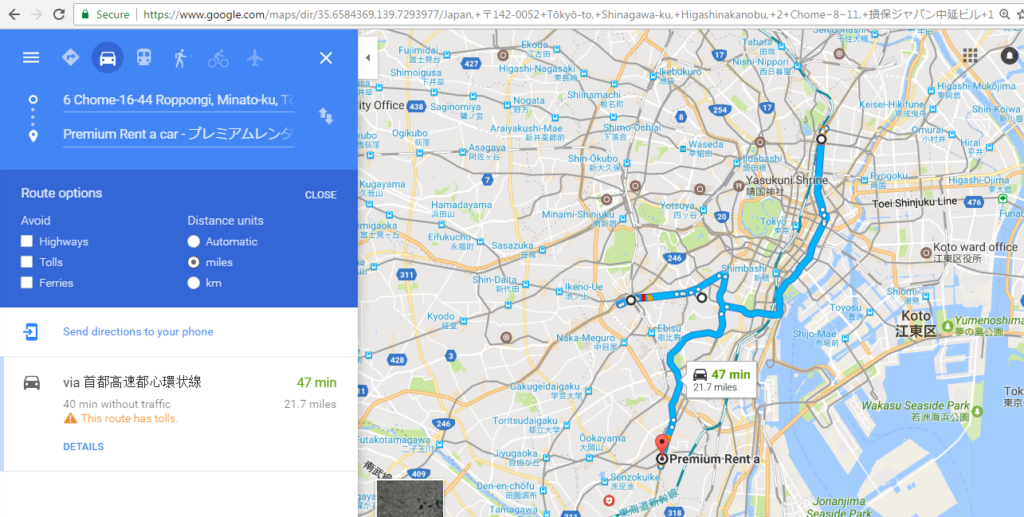
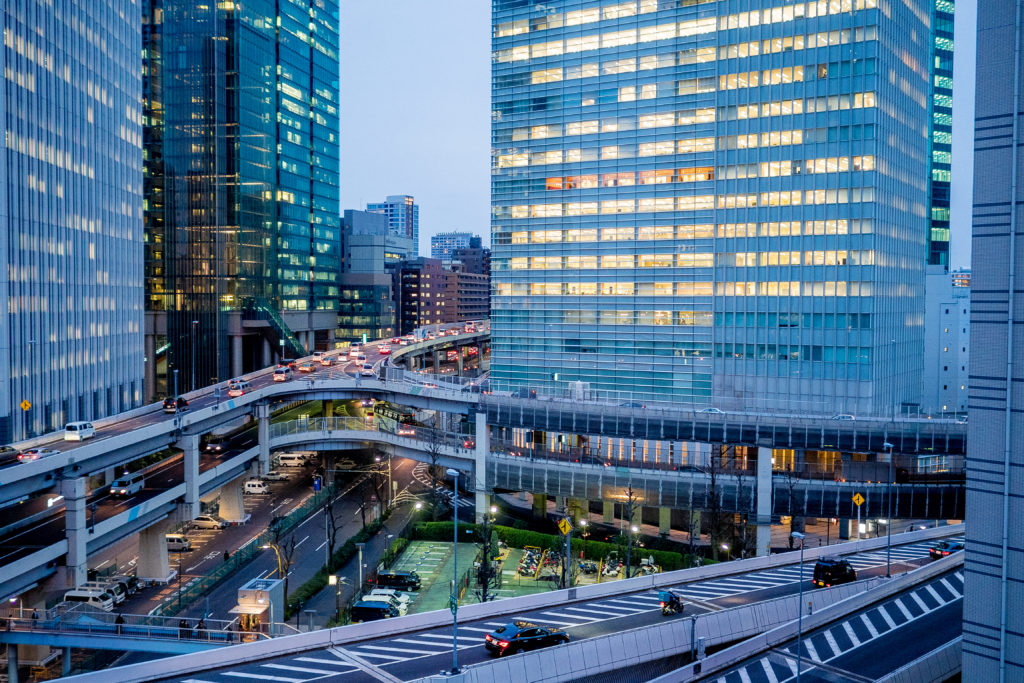
Parking in a City with a Population of 13.62 million
Parking in Tokyo is the future. I took the chance in making use of an automated parking space. The video is located at Ark Hills, Roppongi; park here for 3 hours and the total cost is $18 USD. Park in Times Square, New York City for 3 hours and you end with $42 USD less in your pocket. The experience of viewing the GTR mechanically appear is well worth the money. Street parking for 24 hours is about $25 USD. Don’t worry about anyone vandalizing, scratching, or dinging the car, the people of Japan take extreme care when parking near your vehicle.
By now, you begin to understand that driving and parking in Tokyo is a bit of hassle. The true joy of driving is when you finally leave the city limits and enter the country roads. In Part 3, I’ll share how driving to Hakone is the best part of the Japan driving experience.
https://www.instagram.com/p/BDh_HV1uJ9Y/?taken-by=kineticelement
Onto the expressway and into traffic.
https://www.instagram.com/p/BE4hiUSuJ4V/?taken-by=kineticelement
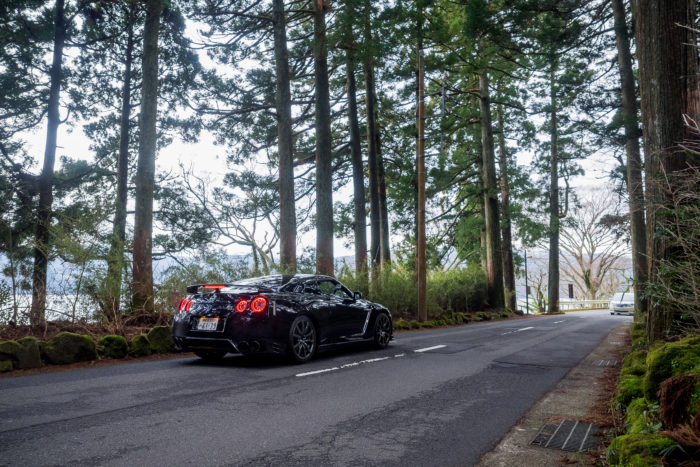




Leave a reply